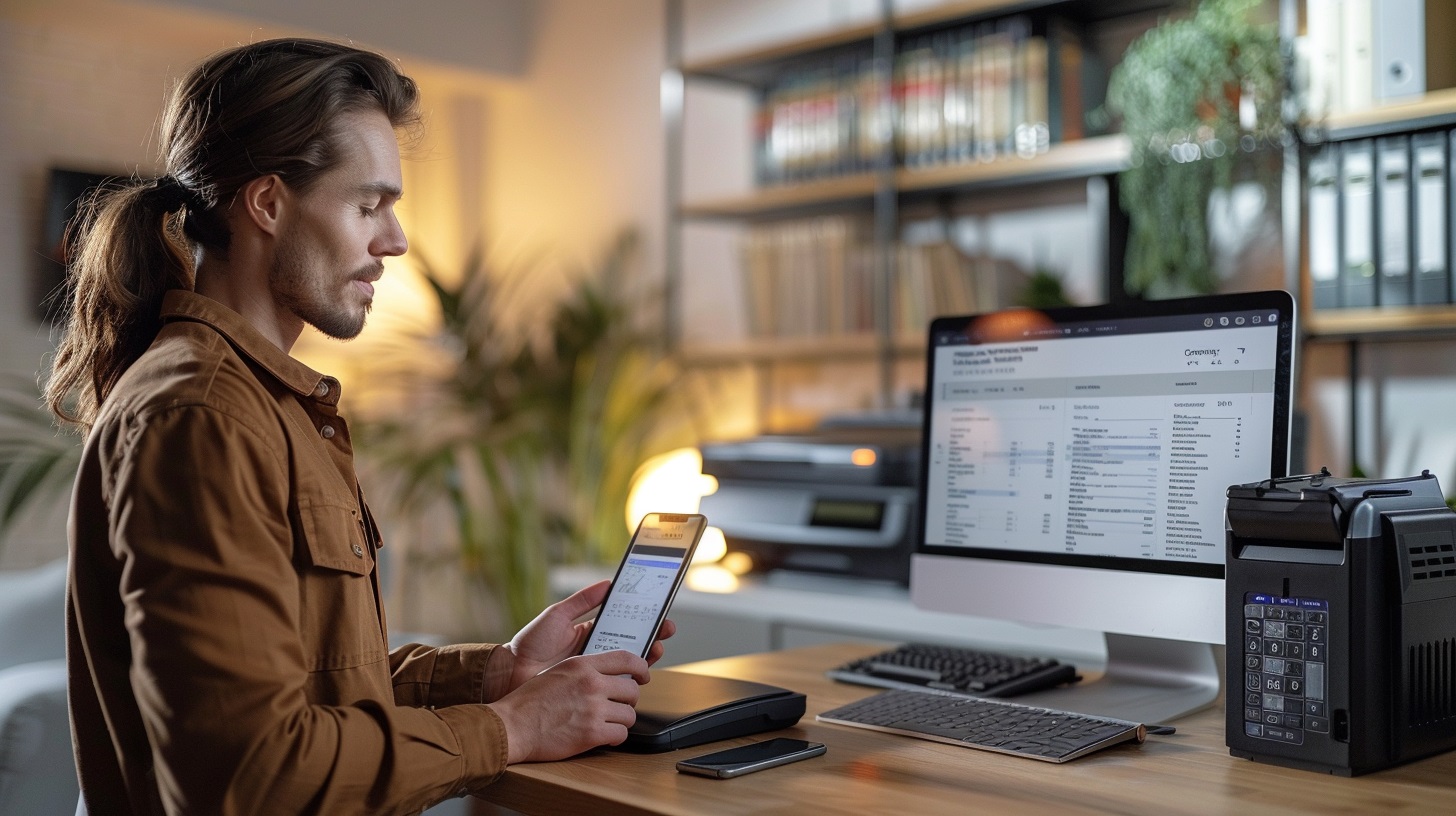From its modest 19th-century origins to today’s secure digital transmissions, faxing has persistently hovered on the edge of communication evolution, resisting obsolescence. According to Gitnux, around 9 billion faxes are sent worldwide each year.
This steadfast cornerstone of business communication has evolved far beyond the conventional image of a “fax machine” that the public often envisions. Now, with tools like the best fax app for iPhone, sending and receiving faxes can be done seamlessly on mobile devices. Exploring the history of faxing not only highlights technological progress but also explains why faxing remains vital across many industries.
Early developments in the 19th and 20th centuries
The history of faxing begins in the 1800s, an era dominated by the telegraph’s dots and dashes for long-distance communication. In 1843, Samuel Morse demonstrated the potential of his system to bridge vast distances with messages encoded as electrical signals, laying the groundwork for the concept of faxing.
A century later, in the early 20th century, German inventor Rudolf Hell introduced the Hellschreiber, a precursor to modern fax machines. Though not recognized as a traditional fax machine, this radiofax device transmitted images using telegraphic methods, marking another significant step towards modern faxing.
Modernizing the transmission of documents
The year 1964 marked a pivotal moment for fax technology with Xerox’s introduction of the Long-Distance Xerography (LDX) machine. This innovation allowed businesses to transmit documents over telephone lines with greatly improved clarity. It was a turning point for the accessibility and quality of fax technology.

Building on this progress, the International Telecommunication Union (ITU) established faxing standards in 1980. These often-overlooked standards were crucial in creating a universal language for fax communications, enabling machines to communicate effectively across manufacturers and countries.
The mid-1980s saw the advent of fax modems, which transformed the landscape by enabling digital document transmission over standard telephone lines. This breakthrough democratized faxing, cementing its role as an essential tool in everyday business communication.
The rise of faxination by fenestrae
In the 1990s, Fenestrae advanced to a new stage, establishing a global service center and introducing Faxination in 1993. This innovation revitalized corporate fax communications by integrating with Microsoft Mail, offering a seamless solution for document transmission and reception that aligned with the evolving technological landscape of the business world.
Fax in the digital era and beyond
The dawn of the new millennium marked a significant transformation in communication methods, with a prominent shift toward digital media. Internet faxing emerged in the late 1990s, allowing faxes to be sent via email and further diminishing the dependence on traditional fax machines.
By the 2010s, cloud faxing had gained popularity, providing businesses with a secure and convenient means of managing fax communications entirely online. The iPhone Fax App further revolutionized this field, enabling users to send and receive faxes directly from their mobile devices, making faxing more accessible and flexible than ever before.
The evolution of fax technology continued into the 2020s with the development of hybrid solutions that integrated digital platforms with traditional fax technologies. This advancement, along with the convenience of mobile applications like the iPhone Fax App, created a more efficient system tailored to the unique needs of diverse industries.
